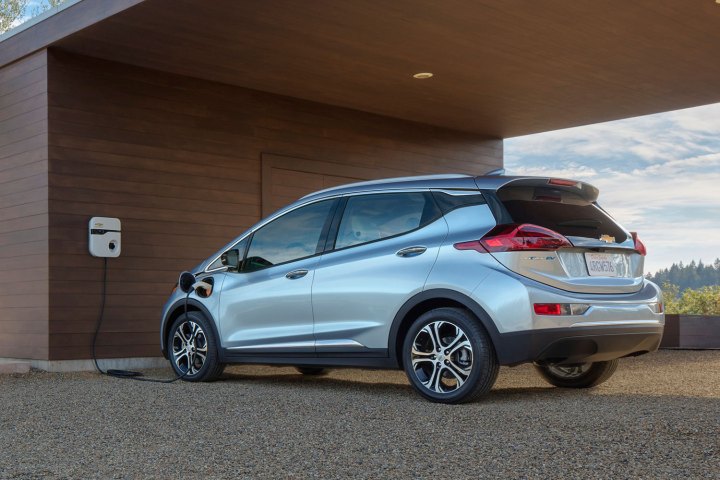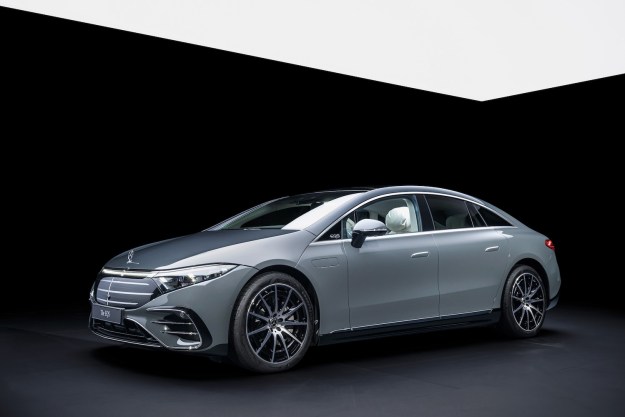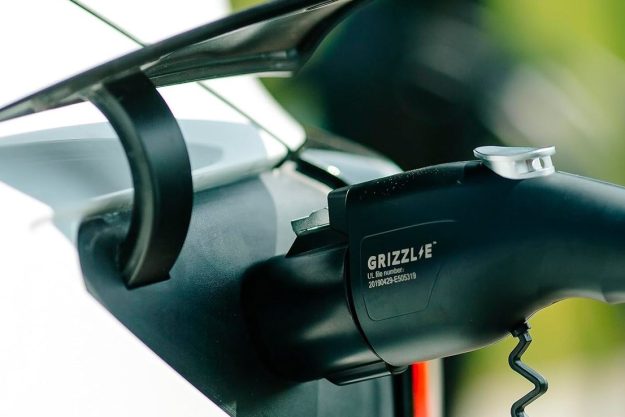
The Bolt was designed, inside and out, by a South Korean GM design studio. LG is making the most of its electric vehicle-centric components.
Chevy has set its hopes on achieving a huge success for the Bolt. The EV has a $37,500 starting price before the $7,500 federal tax credit. The Bolt has a 200-mile rated range from an onboard 60 kWh battery pack. Those numbers put the Bolt squarely in the sights of people looking for a moderately priced electric car with a reasonable driving range. Much of the Tesla Model 3’s pre-order success has been attributed to those same factors.
The list of Bolt components supplied by LG defines the car’s performance and most of its user experience. LG is producing the electric drive motor, power inverter module, battery pack, battery heater, onboard charger, high-power distribution module, accessory power module, and power line communication module. The South Korean company is also making the electric climate control system compressor, the instrument cluster, and the infotainment system.
That full inventory of parts will be transported to Michigan where they will be used to make Bolts in GM’s Orion Charter Township assembly plant. General Motors has reportedly already begun pre-production at the plant. With the LG parts on hand, full production starts in October. Finished Bolts will be rolling off car carriers onto dealership lots shortly after production starts.
Buyers eager for an electric family car will appreciate the Bolt’s cargo space, achieved by compromising on aerodynamic design. The Bolt has a drag coefficient of 0.32, which limits its range to 200 miles, while the Tesla Model 3 with a 0.21 coefficient is rated at 215 miles, even using a less powerful 45 kWh battery. GM and its South Korean design studio made the decision to favor cargo space over sleek design with family buyers in mind.
The Bolt isn’t exactly going head to head with Tesla’s Model 3, except on paper. The first Model 3s won’t be available before late 2017, if then. Because Tesla is still holding at least 373,000 Model 3 pre-orders, by the time the “mass market” Tesla is available for new orders — likely in late 2018 — the Bolt will already have been on the market for two years.
Editors' Recommendations
- GM expands recall to all Chevy Bolt EVs due to fire risk
- The best Tesla Model 3 alternatives
- Chevy Bolt vs. Volt




